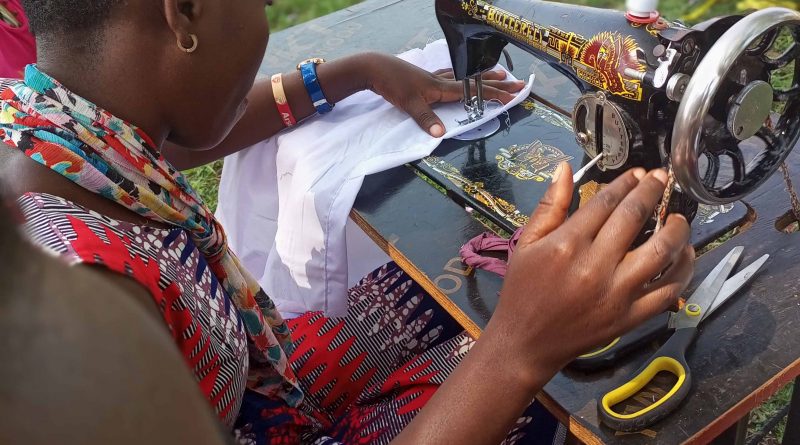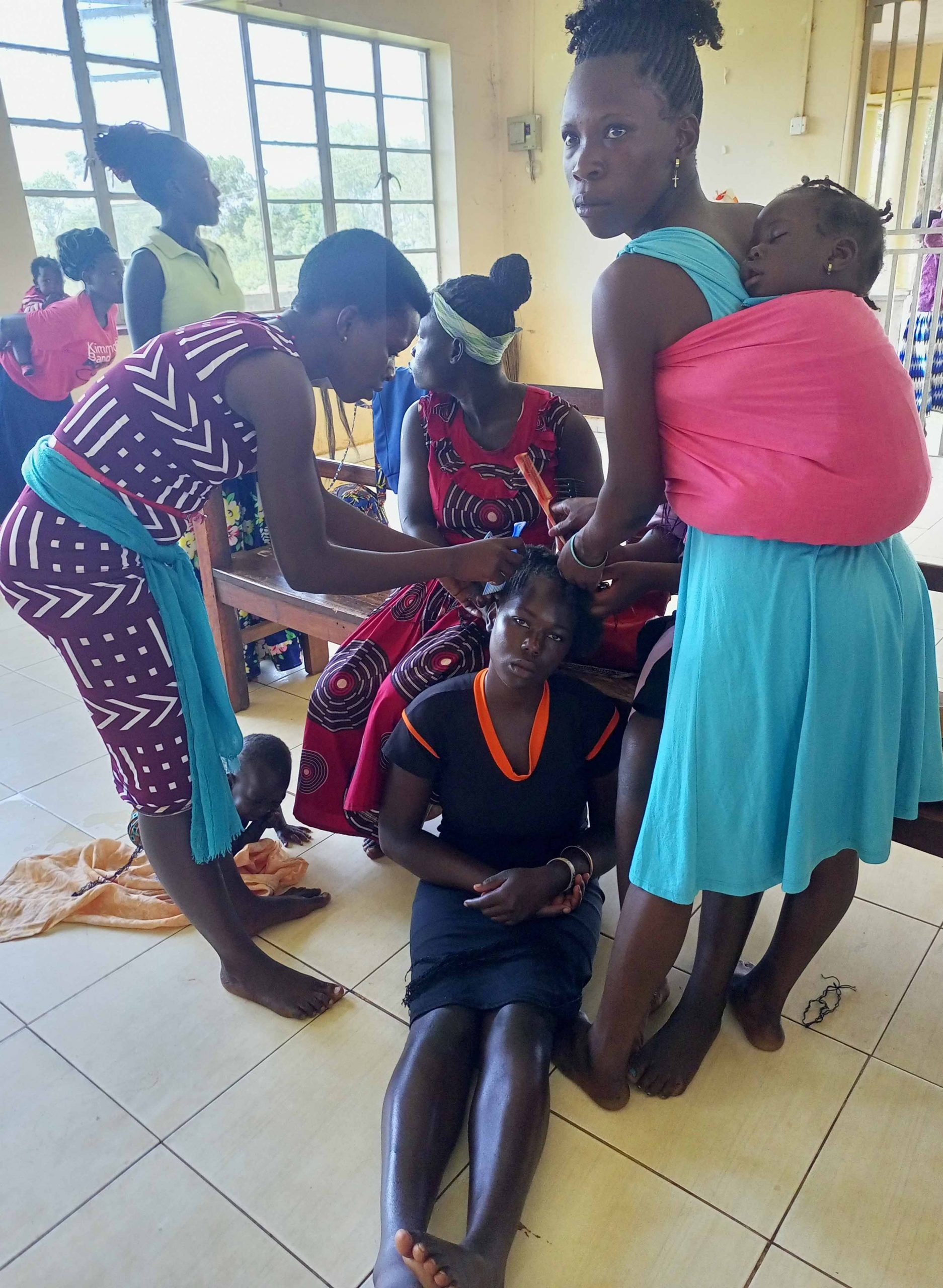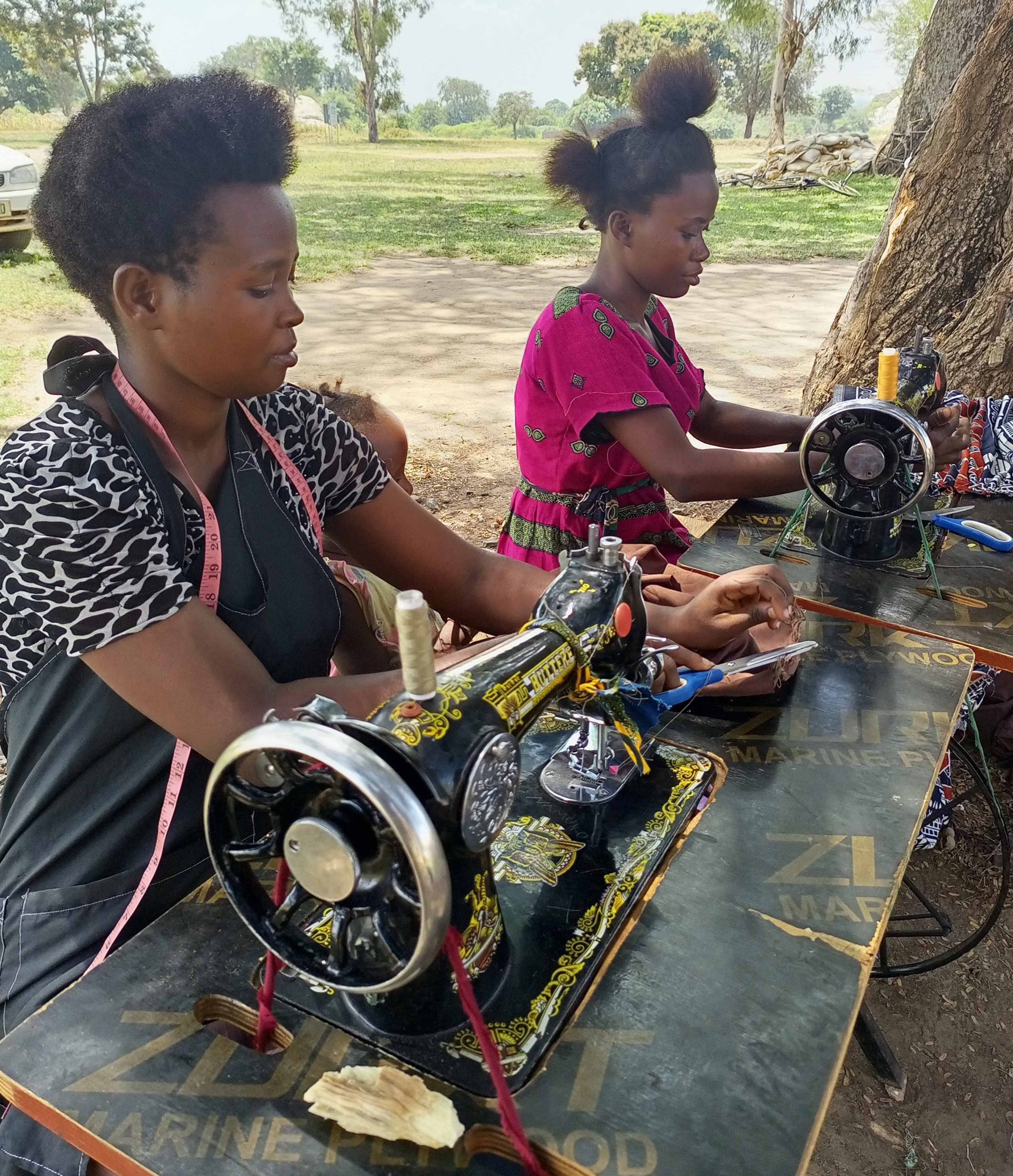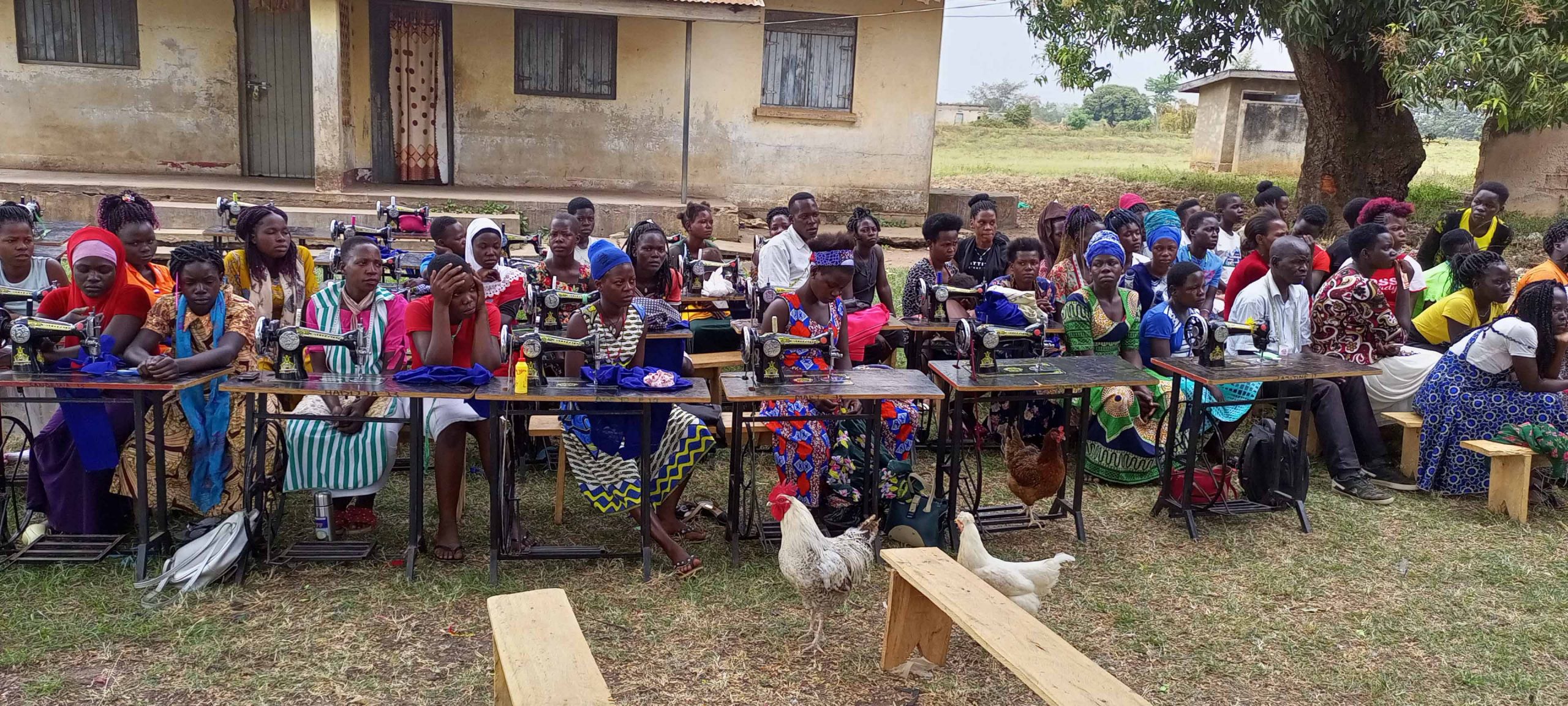Empower the girl child and build the future
Every year, we celebrate Women’s Day on 8th March. With well over a century of history and change.
the first International Women's Day (IWD) was held in March 1911. IWD isn't country, group or organization specific. It's a day of collective global activism and celebration that belongs to all those committed to forging women's equality.
The campaign theme for International Women's Day 2024 is "Inspire Inclusion." When we inspire others to understand and value women's inclusion, we forge a better world.
There has never been a more critical time to invest in people, especially in women and girls. Skills, knowledge, and know how , collectively called human capital have become an enormous share of global wealth, bigger than produced capital such as factories or industry, or natural resources.
But human capital wealth is not evenly distributed around the world, and it’s a larger slice of wealth as countries develop. How, then, can developing countries build their human capital and prepare for a more technologicallydemanding future?
The answer is they must invest much more in the building blocks of human capital, in nutrition, health, education, social protection, and self employment. And the biggest returns will come from educating and nurturing girls, empowering women, and ensuring that social safety nets increase their resilience.
According to UNESCO estimates, 130 million girls between the age of 6 and 17 are out of school, and 15 million girls of primary school age half of them in sub Saharan Africa will never enter a classroom. Women’s participation in the global labor market is nearly 27 percentage points lower than for men, and women’s labor force participation fell from 52 percent in 1990 to 49 percent in 2023.
Educating a girl, educating a nation
In the 1920s, the Ghanaian scholar James Emman Aggrey said, “If you educate a man you simply educate an individual, but if you educate a woman, you educate a whole nation."
A World Bank study found that every year of secondary school education is correlated with an 18 percent increase in a girl’s future earning power. And research shows that educating girls has a multiplier effect. Better educated women tend to be healthier, participate more in the formal labor market, earn more, give birth to fewer children, marry at a later age, and provide better health care and education to their children.
Leveraging Innovative financing for health and improved livelihood.
Very many humanitarian Non government organisations are also are investing heavily in adolescent girls’ health. Developing Lives, Livelihood and Nutrition Uganda (DLLN Uganda) through its skilling and agriculture projects is helping young mothers and rural communities to tackle the worst health and nutrition issues affecting women, children and adolescents.
For example, in Kidera, Gwase, Kitayundwa and Kisozi, DLLN Uganda is working tirelessly to stem early marriage and early pregnancies by giving the youth and young mothers free vocational education in hairdressing, Tailing, Art and craft and in the course of these training, they receive counselling and guidance from their trainers.More effort is also put in reducing maternal and neonatal deaths, and improve adolescent health and well being by enhancing Nutrition through the agriculture project where high yield Banana and cassava crops are given out to the communities and also improved goats breads which have high milk production are given out.
Together these interventions will make girls empowered, delay the age of marriage, and postpone the timing of their first birth to increase the chances of survival for both mother and child.




